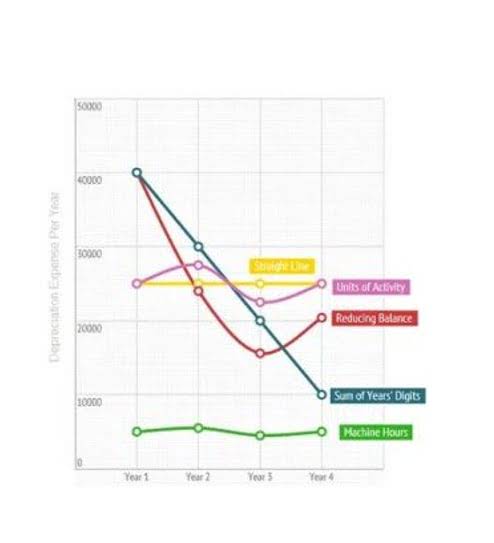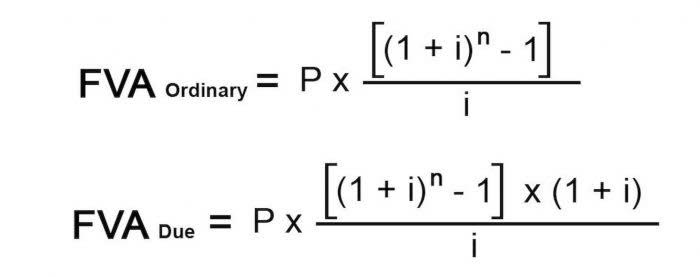Furthermore, the multi-step income statement is vital for investors, creditors, and other stakeholders who rely on a company’s financial statements to make investment, lending, or partnership decisions. It offers a transparent view of the company’s financial activity, revealing trends in sales, cost management, and profitability over time. By presenting a clear distinction between operating and non-operating activities, it helps stakeholders understand the company’s true earning power and financial health, leading bookkeeper to more informed decision-making. It begins with the gross profit calculation, derived by deducting the cost of goods sold from the total revenue. Subsequently, operating expenses are deducted from the gross profit to calculate the operating income, representing the profit generated from the core business operations.
Non-operating items such as interest income and expenses, and income tax expense, significantly influence the income statement. The key components of a multi-step income statement include gross profit, operating income, non-operating incomes and expenses, and the final net income. By incorporating these elements, a multi-step income statement offers a more detailed representation of a company’s financial activities, aiding the stakeholders in understanding the financial performance more comprehensively.
What is Multi Step Income Statement A Complete Guide
It does not categorize expenses or revenues and presents a straightforward calculation where total revenues are subtracted by total expenses to arrive at net income. The income statement is one of a trio of essential financial statements, including the balance sheet, which lists a company’s assets and liabilities, and the cash flow statement. Using the multi-step process for detail and clarity is important because a company must be able to square its income statement with its balance sheet and cash-flow statement. A multi-step income statement is a report of a business’s revenue or sales, its expenses, and the resulting final net profit or loss. It is called a multi-step statement because it shows a business’s profitability in a series of steps. Each step involves a calculation of income minus relevant expenses at particular points in the income statement.
Get in Touch With a Financial Advisor
In contrast to a multi-step income statement, the Dana Incorporated income statement is single-step mainly. The income statement doesn’t show Gross profit, separate and calculate Total Operating expenses, or calculate Total Operating income. A Multi-Step Income Statement can be used to analyze company performance and allow for a more detailed analysis compared to a single-step income statement. what is the death spiral Income taxes are paid by the company on its taxable income, which is calculated by subtracting deductions (such as business expenses, interest payments, and donations) from revenue.
A multi-step income statement is an income statement that segregates total revenue and expenses into operating and non-operating heads. It offers an in-depth analysis of the business’s financial performance in a specific reporting period. It lists items in different categories to make it convenient for users of the income statement to better understand the core operations of the business.
Single Step vs Multi Step Income Statements
- Management accountants use another type of multi step income statement for internal use that separates fixed and variable costs to compute the contribution margin.
- A multi-step income statement is an intricate financial document that provides a detailed breakdown of a company’s financial performance over a specific period.
- Tickmark, Inc. and its affiliates do not provide legal, tax or accounting advice.
- Ensuring the accuracy and completeness of this financial data is crucial, as any omission or error can significantly impact the final income statement’s reliability and accuracy.
- It can be used to break down expenses by department or object, however, Multi-Step Income Statements are more commonly used.
- Many companies prepare quarterly and annual income statements based on the calendar.
A multi-step income statement is invaluable for its ability to separate operating from non-operating activities, providing a nuanced view of a company’s financial performance. By detailing gross profit, operating income, and net income, it allows stakeholders to pinpoint the sources of revenue and areas of expense, facilitating targeted financial analysis and decision-making. This clarity is essential for understanding how effectively a company generates profit from its core operations, manages its operating costs, and handles external financial factors. Single step vs multi step income statements means the difference between simple and detailed income statements.
- Our writing and editorial staff are a team of experts holding advanced financial designations and have written for most major financial media publications.
- For public companies, there are strict reporting guidelines established where a single-step format is not even an option.
- Below is a complete multi-step income statement template that will clarify the idea.
- Income isn’t categorized by source, nor are expenses segmented into production costs, overhead costs, or other non-operating costs.
- The components of the multi-step income statement comprise three equations that calculate a profit metric that each measures a unique attribute of the underlying company’s financial performance.
- One of the primary errors in financial statement preparation is overlooking or double-counting income and expenses.
Ready to Level Up Your Career?
When she’s not writing, Barbara likes to research public companies and play Pickleball, Texas Hold ‘em poker, bridge, and Mah Jongg. Tickmark, Inc. and its affiliates do not provide legal, tax or accounting advice. The information provided on this website does not, and is not intended to, constitute legal, tax or accounting advice or recommendations. All information prepared on this site is for informational purposes only, and should not be relied on for legal, tax or accounting advice. You should consult your own legal, tax or accounting advisors before engaging in any transaction. The content on this website is provided “as is;” no representations are made that the content is error-free.
What Types Of Businesses Prepare Single Step vs Multi-step Income Statement
A multi step income statement includes subtotals for gross profit, operating expenses, and non-operating expenses. A single step income statement lists line items for revenues and costs and expenses with no subtotals, reaching a total for net income (loss) as the bottom line. A simple multiple step income statement separates income, expenses, gains, and losses into two meaningful sub-categories called operating and non-operating. This formula integrates the non-operating revenues and expenses with the operating income to provide a holistic view of the company’s financial performance. By accounting for these non-operating items, companies can accurately depict their overall financial health, including how effectively they manage both their core business operations and other financial activities.
Gross profit, a fundamental component of the multi-step income statement, is calculated by subtracting the dor business tax forms cost of goods sold from the total revenue. This figure represents the profit earned from the core business activities, excluding operating expenses. Operating income is a critical figure because it reflects the company’s profitability from its core business activities, excluding non-operating revenues and expenses. It gives stakeholders a clear view of the company’s operational efficiency and its ability to generate profit from its primary business functions. A higher operating income indicates a more profitable and efficiently run business, while a low or negative operating income signals potential issues in the business’s core operations.
The selling and administration expenses from operating activities are captured in the second section of a multi-step income statement. The selling expenses are the costs incurred when selling goods to consumers and may include marketing expenses, the salary of sales personnel, and freight charges. After identifying and recording the non-operating revenues and expenses, the next step is to adjust the operating income to reflect these figures. This adjustment leads to the calculation of total income before taxes, also known as pre-tax income. Right after computing the total operating income, the other revenues and expenses section is the revenue and expense incurred from non-operating activities.









